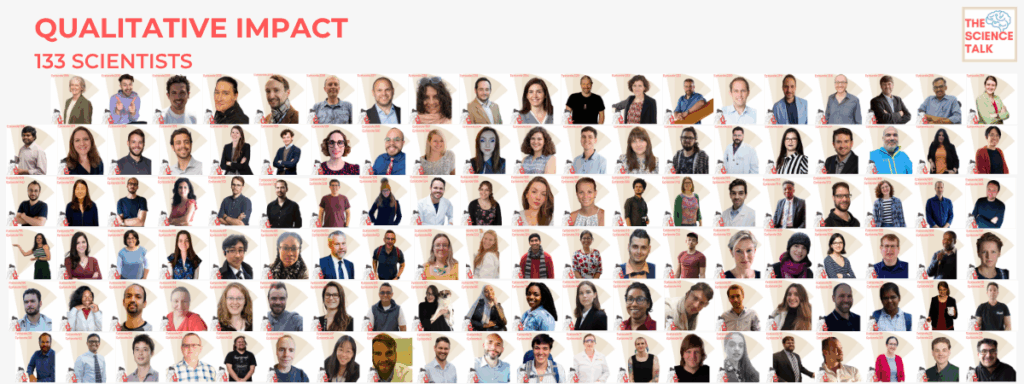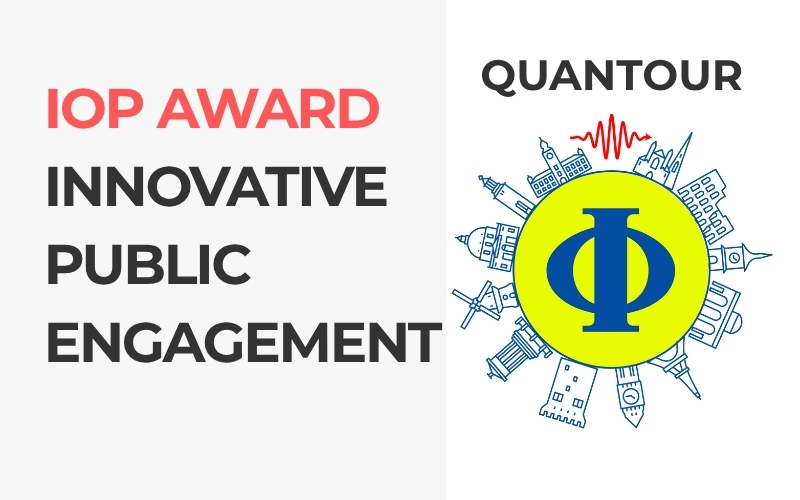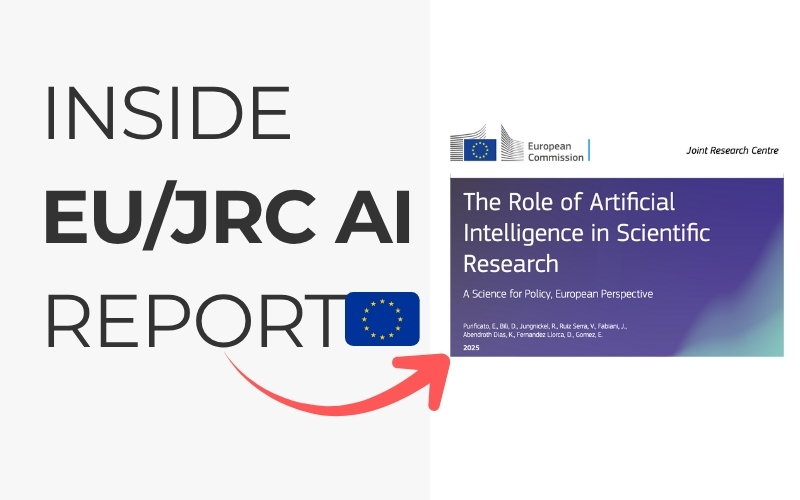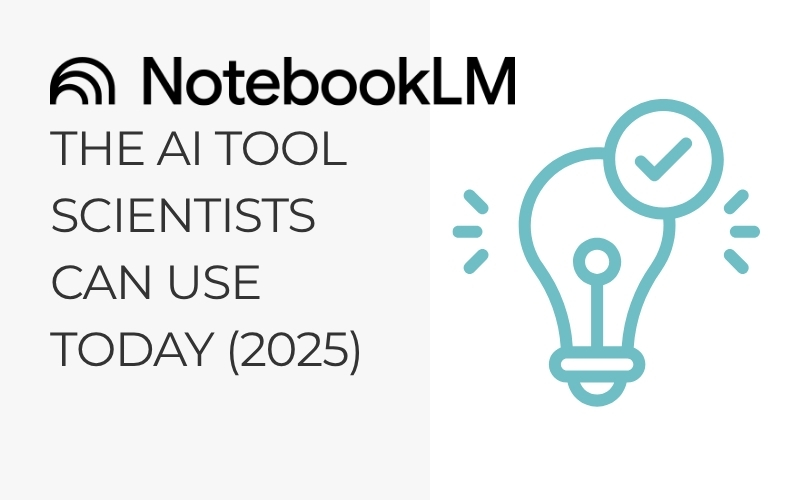Introduction
Podcasting is still new territory for many players in materials and nanoscience—funding agencies, research institutes, equipment manufacturers, and accelerators alike. But with no universal yardstick for success. How do you measure the success of a science podcast? The short answer: there’s no one-size-fits-all metric. In this edition, I’m sharing 3 Success Metrics we use to track the success of Under the Microscope Podcast that might just help you build your own system for tracking podcast impact.
A good podcast isn’t just about downloads. It’s about strategy. It’s about impact. It’s about relevance.
🎯 1. The 1:10 Model
Rather than just counting episodes, we count assets created per episode—because that’s what drives reach and return on effort. At The Science Talk, we use the 1:10 Model: For every 1 episode, we generate 10 content assets for multi-channel promotion. This helps us amplify each story across platforms and reach wider audiences without starting from scratch each time. Each format helps reach a different segment of your audience—from policymakers on LinkedIn to early-career researchers on Instagram.
Podcast is a content engine.

📊 2. Quantitative Performance
Sure, podcast downloads are an obvious KPI—but relying only on that number makes your visibility dependent on a single platform. That’s a risk. Remember what happened to Twitter? We track data across LinkedIn, Instagram, YouTube, and TikTok. This gives us a clearer picture of how each episode performs and where our audience is engaging the most.
Beyond downloads: Own your data.

🌍 3. Qualitative Impact
Not all impact can (or should) be measured with metrics. Some KPIs are felt—not counted. Over 130 scientists have featured on our podcast. That network continues to grow and connect us to new collaborations, grant projects, and stories that matter. That’s impact you can feel—even if you can’t count it on a dashboard.

🧪 The Bottom Line
If you’re integrating podcasting into your science communication or innovation strategy, don’t stop at episode count or download stats. Instead, measure:
- How much reusable content you’re generating (1:10 Model)
- How far and wide your message is reaching (multi-channel analytics)
- How your podcast is building trust, visibility, and community (qualitative impact)
Every podcast should have its own success framework—but these 3 KPIs are a solid place to start.
🎧 Ready to Build a Podcast that Works for you?
At The Science Talk, we don’t just produce episodes—we build science communication systems. If you’re a research institute, funding agency, or science-driven organization looking to launch or scale your podcast, let’s talk. Whether it’s strategy, production, or training your team, we help you design a podcast that delivers real impact—across platforms, audiences, and time zones.
👉 Explore our podcasting services



